By Mendee Jargalsaikhan
Hiking is becoming a favorite activity especially for those who live in the UB bubble. During weekends and holidays, you would find more people in public parks near the city and see many families driving to their summer places, resort areas (Terelj, Ski Resorts), or to the countryside. A few years back, during the pandemic, my friend drove me to the closest mountain range within a 30-minute drive from the center of the UB bubble.
This is called a Chingeltei Khairkhan Park – which is in the Chingeltei District and at the southeastern edge of the Chingeltei Khairkhan mountain – one of the four mountains surrounding the capital city. It is on the north side of the city and a part of the Khentii Mountain Range – a long range runs through the northeastern Mongolia.
How to Get There?
It is about 12 kms from the downtown. You can simply drive or take a bus (Number 23 or 24). Or, if you are serious hiker and know the locals, you can hike up to the mountain from several different routes. But you need to walk over 6-10 kms. For me, the bus is the most convenient one. From this state-of-art bus stop, you need to walk about 1.7 kms to reach the main entrance of the park.
What could you do?
It is slowly becoming a well-established public park. If you are a hiker, you can hike to several different points. One is going to southeast get a view of the UB city. This hike is a bit rough and slippery in the winter or after the rain. But, in summer, you will enjoy the wild strawberries. The other route is going up to the 13 ovoos (shamanistic ritual place) and antennas.
This hike has two parts: the first part is easy, gradual slope up to the Wild Boar board and the other part requires you to climb over the boulders. If you are curious, you can walk down to the sacred place for wild boar worship. The wild board is believed to be the guardian of this mountain. At the end of this hikes, you would have breathtaking views of the mountain range and glimpse of the city and ger districts. If you are not serious hiker, you just enjoy in the playground, fitness and picnic areas all year around. The highest attitude of the mountain is around 1950 meters.
Some Thoughts
The Chingeltei Khairkhan park is a good example of how the government (national and local) and public working together to preserve the nature, especially near the Ulaanbaatar city, after a messy period of the land rush in 1990s.
Before 1990, just like some other outskirts of the city, there were summer houses of several organizations. During the socialist period, each organization had similar summer cottages (3×4 or 3×5 meters) for their employees. From June till September, a transportation was provided since these summer cottages were located away from the public transportation to the outskirts. In the winter, a herdsman family guard these cottages. Chingeltei had several these summer cottages, and you would spot the old sign for the summer cottages and a few torn-down cottages.
As the nation experienced the economic hardships, these cottages were abandoned. People wandered around to vandalize and loot these summer cottages, cut woods for fuel or money, and damage the nature as they went crazy collecting pine nuts and berries. At the same time, many people fenced large areas and built big houses without any official permits. These fences make for public to hike or go sightseeing in these mountains. Also, going to the mountains in the 1990s was not really safe because the widespread alcoholism and increased crime rates – especially related to alcohol usage.
Today – the park has well-marked pathways and CCTV monitoring. Nicely, all these lights and cameras are powered by solar panels. Coming to this area many times, it is truly nice to see families, friends, and hikers enjoying the nature – in the peace (without heavy drinkers and noisy brawls). The only challenge for all seems to be the waste management.

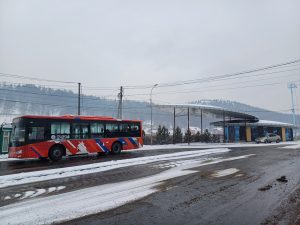

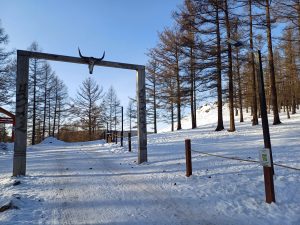

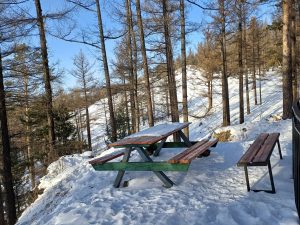


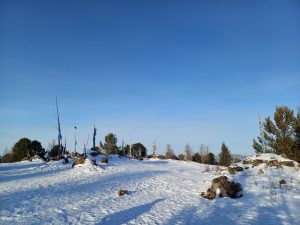
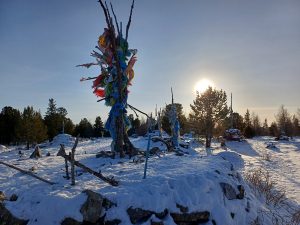

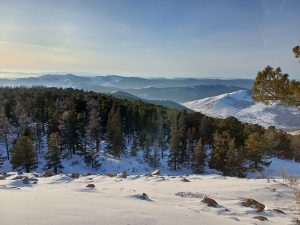
 Follow
Follow